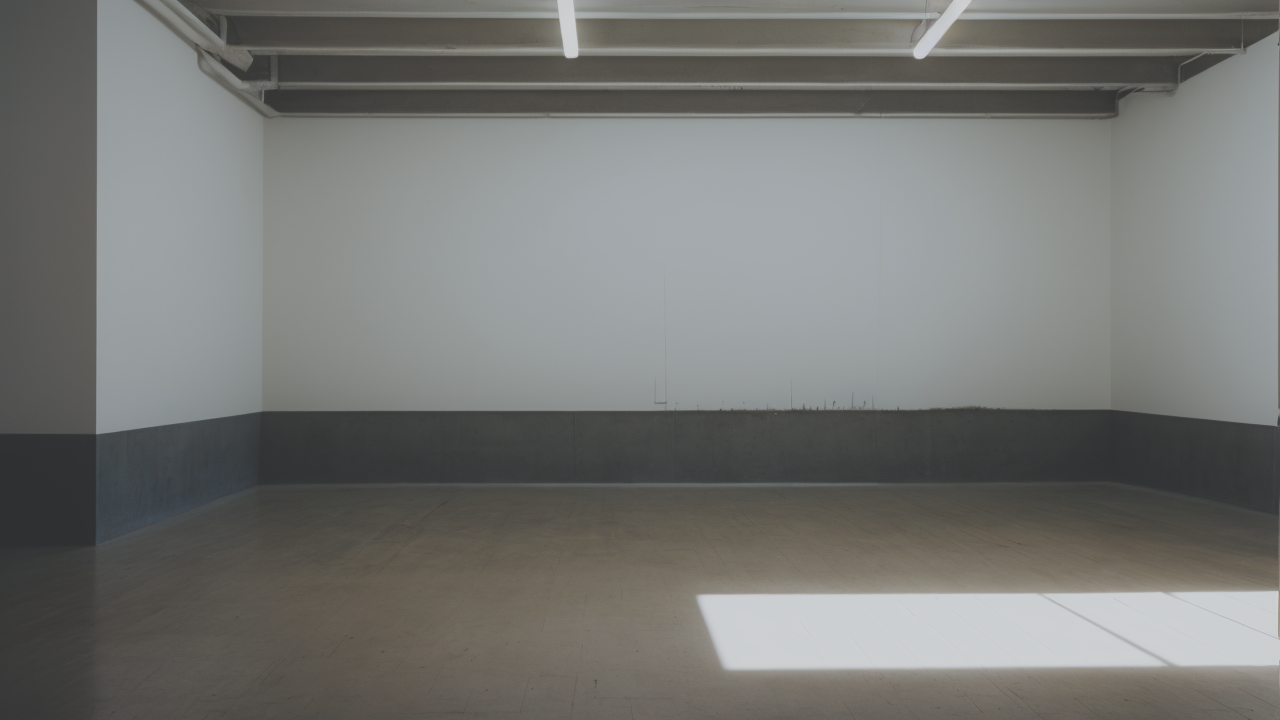
The Power of Simplicity: Minimalism in Art and Its Impact on Interior Design
The Resurgence of Minimalism in Visual Art
The Historical Context of Minimalism
Minimalism in art emerged in the 1960s as a response to Abstract Expressionism. Artists sought to strip away excess and focus on essential elements. They used simple shapes, limited colors, and clean lines. Key figures like Donald Judd and Frank Stella led this movement.

The goal was to create art that was free from emotional expression. Minimalist artists wanted viewers to focus on the physical presence of the work. This approach was revolutionary at the time. It challenged traditional ideas about art and creativity. Minimalism spread to other fields like sculpture and architecture. Its influence can still be seen in many areas of design today.
Why Minimalism Continues to Captivate Audiences
Minimalism's appeal lies in its simplicity and clarity. In our busy, cluttered world, people crave simplicity. Minimalist art offers a sense of calm and order. It allows viewers to focus on what's truly important. There's no hidden meaning to decode. What you see is what you get.
The versatility of minimalism keeps it relevant. Artists can apply its principles to various styles and mediums. This adaptability ensures that minimalism stays fresh and interesting. It also aligns with modern values like sustainability and mindfulness. The "less is more" approach resonates with many people today. Minimalism offers a way to find beauty in simplicity.
The Role of Minimalism in Pop Culture
Minimalist Drawings as a Reflection of Modern Life
Minimalist drawings capture the essence of our fast-paced world. They strip away details to reveal core ideas. This mirrors how we often experience life in brief moments or snapshots. Social media has boosted the popularity of these simple images. They stand out in crowded feeds and convey messages quickly.

Artists use minimalist drawings to comment on society. They might reduce complex issues to basic shapes and lines. This can make big topics more approachable. It also reflects our desire to simplify a complex world. Minimalist art has become part of our visual language. You can find it on posters, t-shirts, and even tattoos. It's a way to express ideas clearly and quickly.
The Influence of Minimalism on Contemporary Design
Minimalism has shaped modern design in many ways. In graphic design, logos have become simpler and more streamlined. Many brands opt for clean, minimal designs that work across different media. Web design also embraces minimalism. Simple, uncluttered websites are now the norm. They're easier to navigate and load faster.
In product design, minimalism leads to cleaner, more functional items. Think of sleek smartphones or simple furniture designs. Minimalism in fashion focuses on basic pieces and neutral colors. This creates versatile, timeless wardrobes. In architecture, minimalist buildings feature clean lines and open spaces. They often use natural light and simple materials. This style creates calm, organized environments.
Strategies for Creating Successful Minimalist Art
Tips for Aspiring Artists
- Start with a clear concept. Know what you want to express before you begin.
- Use negative space effectively. The empty areas are as important as the filled ones.
- Limit your color palette. Choose a few colors that work well together.
- Focus on basic shapes. Circles, squares, and lines can be powerful.
- Practice precision. In minimalism, every element must be perfectly placed.
- Experiment with composition. Try different arrangements to find what works best.
- Embrace simplicity. Remove anything that doesn't serve your main idea.
- Play with scale. Sometimes, size can make a big impact in minimal designs.
- Consider texture. Even in simple works, texture can add depth and interest.
- Study light and shadow. They can create drama in minimalist pieces.
Remember, creating minimalist art takes practice. Don't be afraid to revise and refine your work. The goal is to convey your message in the simplest way possible.

Case Studies: Successful Minimalist Artists and Their Techniques
Agnes Martin is known for her grid paintings. She used subtle colors and precise lines. Her work is calm and meditative. Martin often used pencil on canvas to create delicate pieces. Her technique involved careful measurement and a steady hand. Martin's art shows how simple repetition can create powerful effects.
Ellsworth Kelly focused on bold, colorful shapes. He used hard-edge painting techniques for crisp lines. Kelly's work explores relationships between forms and colors. He often found inspiration in everyday objects and nature. Kelly would simplify these into basic shapes. This shows how minimalism can transform the ordinary into art.
Donald Judd created three-dimensional minimalist works. He used industrial materials like metal and plexiglass. Judd's pieces often feature repeating units. He was interested in how objects interact with space. His work challenges viewers to think about art differently. It shows that minimalism can be both simple and complex at the same time.
Yayoi Kusama's work often uses simple, repeating patterns. Her famous polka dots are a great example of this. Kusama shows how a single, simple element can create powerful art. Her installations immerse viewers in these patterns. This demonstrates how minimalism can create overwhelming experiences.


